The Photo Lady: Venerable Curator Brought Houston’s Most Striking Images Into the Light
BY Catherine D. Anspon // 10.12.15JeongMee Yoon’s Seo Woo and Her Pink Things, 2006. Collection MFAH, © The Artist.
AS CURATOR AT THE MUSEUM OF FINE ARTS, HOUSTON, FOR 39 YEARS, ANNE WILKES TUCKER CHANGED THE WAY WE SEE PHOTOGRAPHY.
… 142 exhibitions, 12 books (and counting), innumerable catalog essays, portfolio reviews, panels and lectures, plus the acquisition of a staggering 30,000 images. Tucker, who retired this summer, arrived at the MFAH in 1976 to head a department that did not yet exist; with just a few images, “nascent” is an understatement. Tucker has devoted her entire career to date to the care, nourishment and growth of a medium once not fully embraced by the mainstream art establishment. Thanks to this iron-willed and empathetic curator with an unerring eye, we can say today that Houston is a photo town.
Along the way, she has championed both living artists and historical figures; her Catholic tastes extend from Brassaï, Walker Evans, Czech Modernism and Matthew Brady (the latter featured in her epic 2012 swan song “War/Photography”) to Annie Leibovitz, Irving Penn, Robert Frank, Keith Carter and cutting-edge Korean masters. This focus makes her unique in the photography world, where contemporary and historical are often on opposing sides.
Catherine D. Anspon queries one collector, two artists, and a pair of fellow curators about the power of Anne, then poses Tucker herself the question:”What’s next?”
KEITH CARTER, ARTIST:
Anne acquired my work for the museum’s collection early in my career. Her encouragement, scholarship and kindness were an unusual combination that kept me and others working for 40 years. Anne grew to be a giant in the photography world. Her legacy in shaping the MFAH collection, her list of exhibitions and scholarly catalogs are profound and admired the world over. She took a small collection in a fine museum and made it into a towering giant in the international museum community.
WENDY WATRISS, CO-FOUNDER AND ARTISTIC DIRECTOR, FOTOFEST:
We first met shortly after Fred [Baldwin] and I moved to Houston in summer 1980 … Anne has strengthened photography’s recognition as an important art form with serious history and its own visual language. She has been an important force in influencing the U.S. museum world to recognize the value of having and investing in an important photography collection; having a full-time photographic art curator; and supporting an ongoing photography exhibition program. In this role, she also influenced the respect and attention given to Houston and the Museum of Fine Arts, Houston, by international museums and important photographic arts organizations … Without question, she has been one of the most important arts leaders in Houston to gain support for an international platform for the photographic arts.
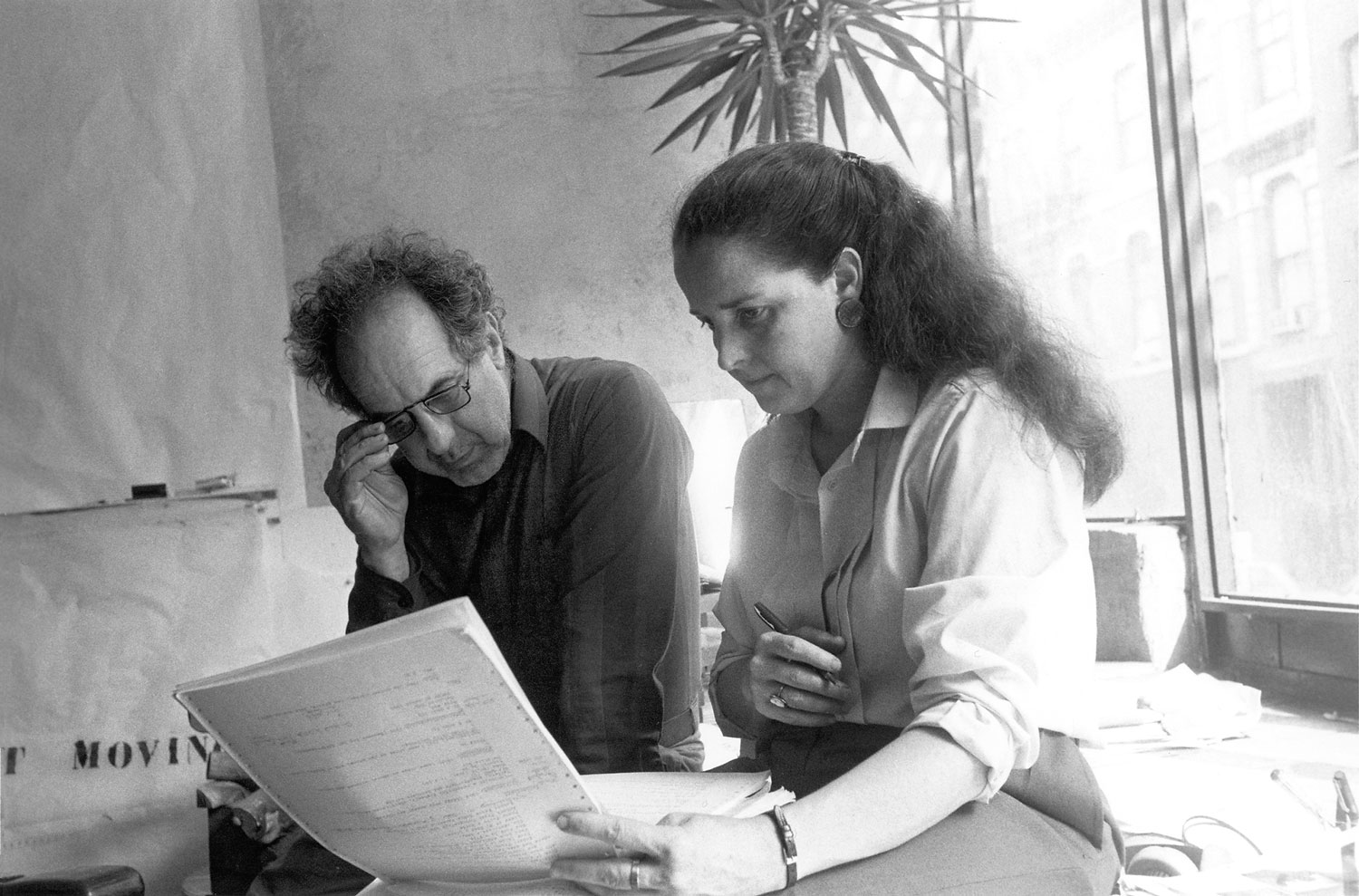
CLINT WILLOUR, CURATOR, PATRON AND COLLECTOR:
I have known Anne for 39 years. We have traveled the world together (Japan, India, Israel and Jordan, and much of both the United States and Europe). She encouraged me to buy my first photograph in 1976, which is currently on display at the MFAH in an exhibition of gifts in honor of Anne. Since that first photograph, we have collaborated on my — or our — purchase of hundreds more photographs for the museum. We have co-curated and co-juried a number of exhibitions in Texas and elsewhere.
I believe for most of us in Houston, she is the heart and soul of this photo world. She encouraged a number of us to join her in Joel Sternfeld’s McLean, Virginia, 1978 Jeong Mee Yoon’s Seo Woo and Her Pink Things, 2006 establishing the Houston Center for Photography. She was involved in the creation of Houston FotoFest and has served on its board and art board for most of its existence. She has constantly included Houston photographers in her exhibitions and has encouraged many of us to purchase photographs by a number of Houston-based photographers for the MFAH collection. Her exhibitions are recognized worldwide and have provided Houston photographers, collectors and other curators like me with great insights and inspiration.
I think she is recognized nationally and internationally as one of the best and most respected curators in the world. Her own exhibitions for the MFAH have traveled to an extensive number of the most prestigious institutions in the United States. When I have traveled with her to photography fairs and festivals in New York, Paris, Arles and others, she is eagerly sought out by dealers and artists. In any portfolio review in the world, she is the most requested reviewer there.
JOAN MORGENSTERN, COLLECTOR AND PATRON:
I first met Anne around 1985 when I was taking a class on the history of photography and she was a speaker. She took a small group of collectors to New York for the photography auctions, and I was a part of that group. It was marvelous. She made sure that we had private tours of the works being sold at the different auction houses plus invitations to private parties.I remember asking her about a print I was interested in, and her comment was that she had seen livelier ones of the same image. That comment taught me a lot about looking and really being able to see and compare and understand.
Anne asked me to be the first president of Photo Forum [MFAH collecting group for photography]. Over the years, it was her habit to ask the officers and certain others to help choose the images to be presented for possible purchase. She said that there was no point in presenting an image if we all didn’t like it. In the process, she again educated us as well as listened to our opinions in the discussions. The same thing held true on the MFAH Photography Accessions Committee. She allowed us to freely express opinions, and it was a true working committee where again we were all educated, involved and had a great deal of fun. I believe our committee laughed more than any other committee.
Sitting next to Anne when she reviewed photographers’ work at FotoFest was like talking a graduate course in critiquing. It was a wonder to watch Anne question a photographer and get them to realize how they could take their work to the next level. Her patience and generosity of spirit would have her reviewing even more people after she had finished for the day. That would go on for hours and is why we have one of the best collections of young and emerging contemporary photographers.
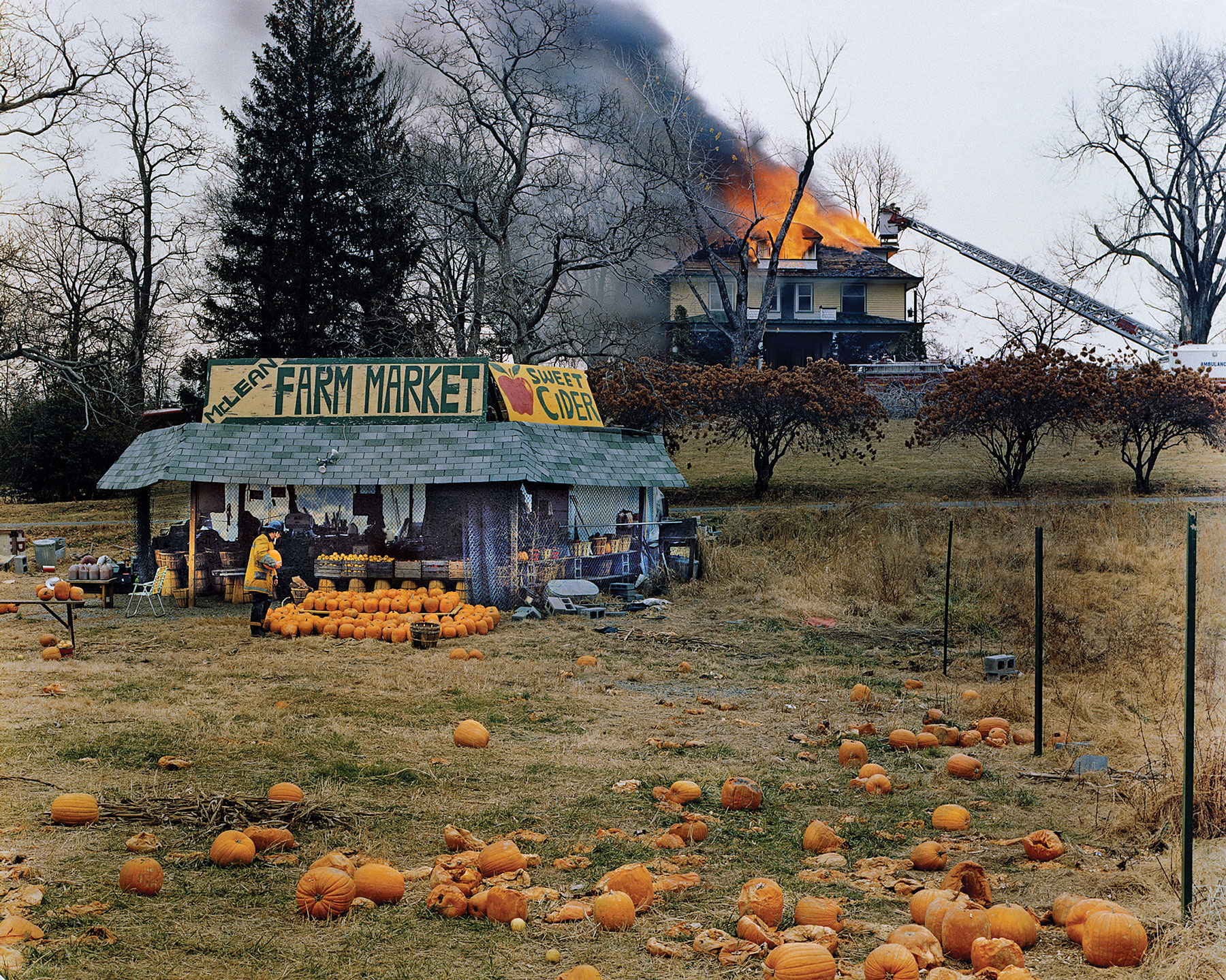
JAMES NAKAGAWA, ARTIST:
“If you are a photographer she is the person that you want to show your work to. She’s fair, intuitive, intelligent, straight- forward-cut-the-bullshit, humorous and she’s always eager to get to know us photographers.”
TUCKER’S NEXT CHAPTER ON YOUR AGENDA.
I just finished a long essay on the photographer Eddie Adams for a retrospective book being published by University of Texas Press and the Briscoe Center for American History. He made the famous picture of the street execution in Saigon, but this is considering all the other great pictures that he made. I also wrote an article on the Byrd Williams archive for North Texas University Press. NTU just acquired this archive of four generations of Texas photographers, all named Byrd Williams. Now my focus is on an exhibition for the Annenberg Space for Photography [Los Angeles, opening April 2017] of photographs from the Library of Congress collection [Washington, D.C.]. So much fun to look, look, look, with my conspirator in arms Beverly Brannan from the LOC, and suddenly there is a keeper, a photograph that has never been scanned or published to our knowledge. Then there is another one. Portraits, landscapes, people working, demonstrations. Some of the photographs are by well-known photographers, some are vernacular by the local studio. Nineteenth century to the present. Thousands of pictures we did not know before. As I often say, what we do not know about the history of photography is still greater than what we know.

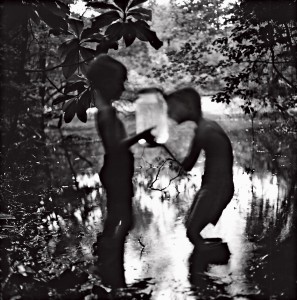


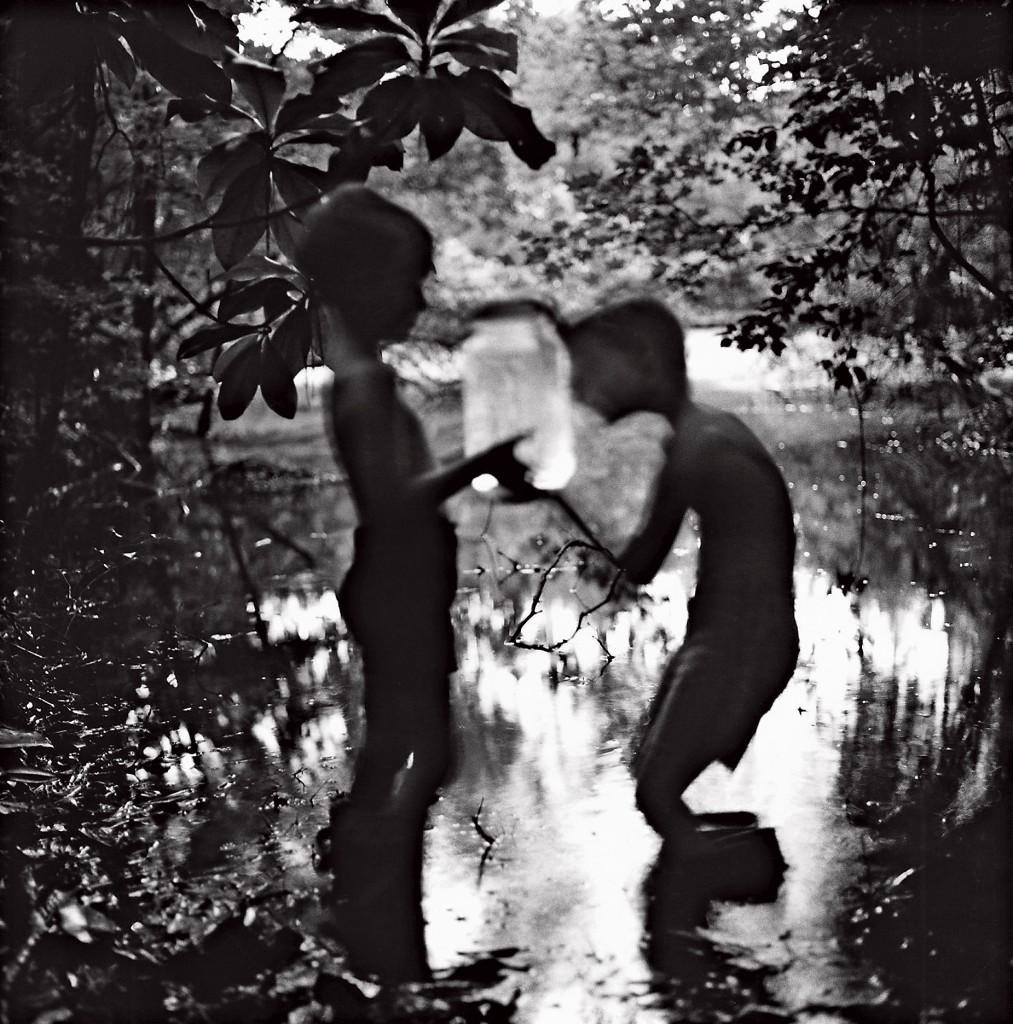
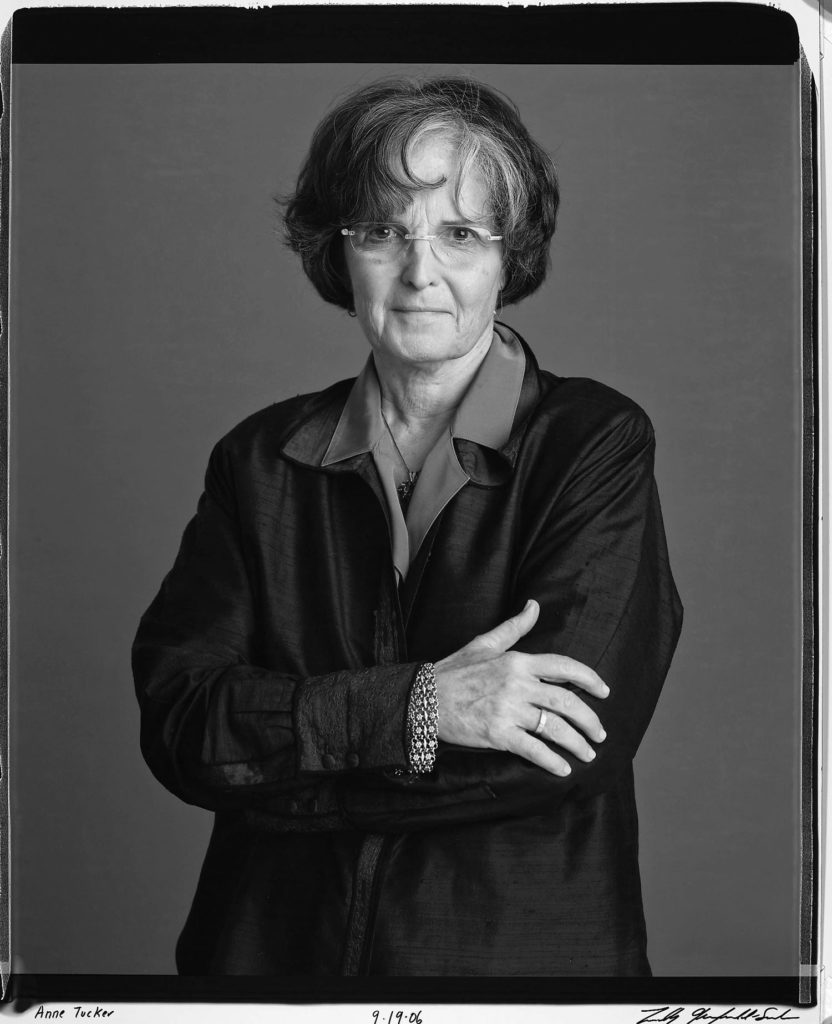









_md.jpg)










